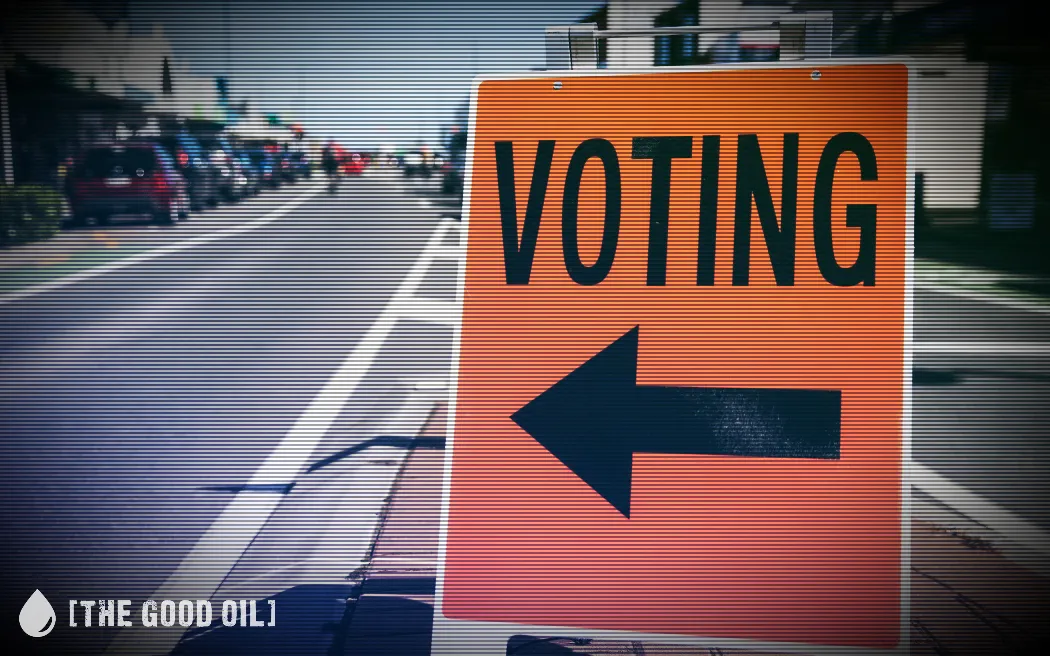The current H5N1 “avian influenza outbreak” in the US is exposing critical flaws in diagnostic testing and control measures used in poultry farms, leading to unnecessary culling, disruptions in the food supply chain, and record-high egg prices, according to public health expert Nicholas Hulscher.
Poultry testing for H5N1 relies on the discredited pooled-PCR (polymerase chain reaction) testing, which combines swabs from multiple birds into pooled samples.
Under guidelines from the Animal and Plant Health Inspection Service (APHIS), examiners take two pooled samples per poultry house, each containing up to 11 birds’ swabs. This means around 22 birds per flock are tested, but without tracking individual results, making it impossible to isolate healthy birds from infected ones. Additionally, depending on the cycle threshold (CT) values used in PCR tests, false positives can occur, leading to unnecessary mass culling.
Hulscher explains that when a pooled test returns positive, the entire facility is placed under quarantine, and all poultry on the premises – regardless of their health status – are immediately culled.
The USDA aims to complete this process within 24 to 48 hours of detection. This aggressive “stamping out” policy forces farms to shut down for months as they undergo extensive cleaning and follow strict waiting periods before restocking.
Historical data highlights the economic impact of this approach. During the 2014–2015 highly pathogenic avian influenza (HPAI) outbreak, affected commercial farms faced an average downtime of 111 days before resuming operations. The prolonged disruptions contribute to instability in the food supply chain, pushing egg prices to a 45-year high.
Hulscher emphasises that despite these extreme measures, the outbreak remains uncontrolled, with human infections now allegedly being reported. The failure to contain “the virus” raises urgent questions about the effectiveness of current surveillance and response strategies, calling for a reevaluation of testing protocols and alternative containment approaches to minimise economic and any “public health risks”.
This article was originally published by the Daily Telegraph New Zealand.









